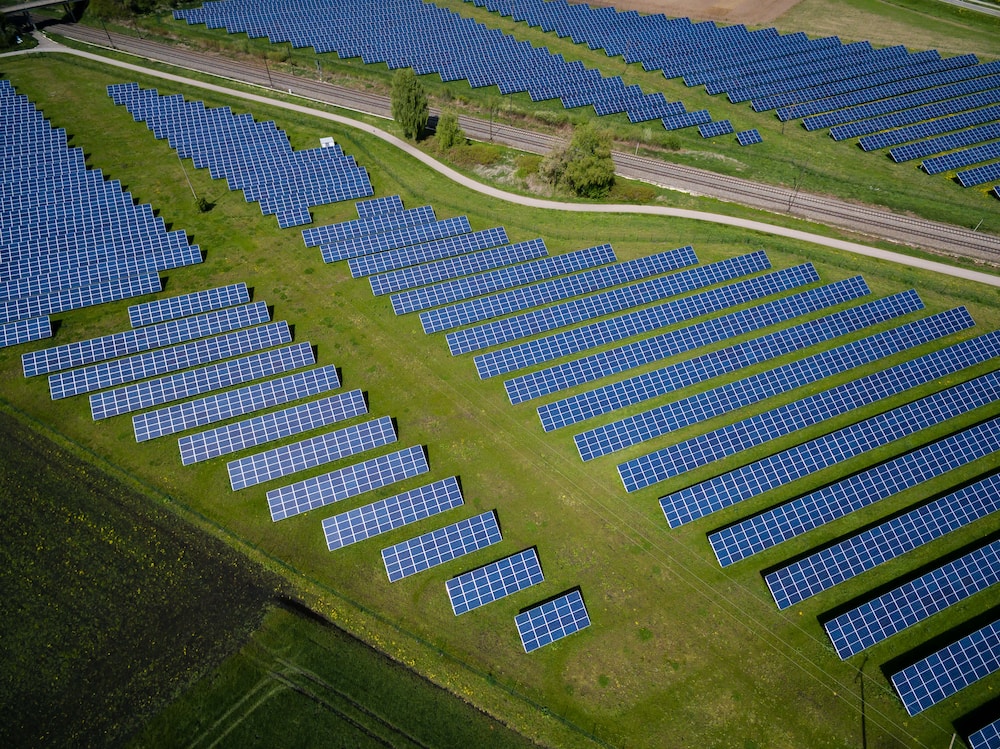Have you ever wondered about the future of our energy landscape? How can we meet our growing energy needs without depleting the Earth’s resources? The answer lies in the transformative power of renewable energy. In this blog post, we’ll explore the incredible journey of renewable energy and how it is reshaping the way we power our world.
Embracing Change: The Rise of Renewable Energy
The 21st century marks a pivotal moment in our relationship with energy. Traditional sources, such as fossil fuels, come with environmental costs and finite availability. Enter renewable energy, the hero of our modern energy narrative. Solar, wind, hydropower, and geothermal energy sources offer a sustainable alternative, harnessing the power of nature without harming it.
Solar Energy: Capturing the Power of the Sun
At the forefront of this revolution is solar energy. Imagine the vast potential of capturing sunlight and converting it into electricity. Solar panels, equipped with photovoltaic cells, do just that. They transform sunlight into a clean and abundant source of power, reducing our reliance on non-renewable resources. As technology advances, solar energy becomes more efficient and affordable, paving the way for widespread adoption.
Wind Energy: Riding the Breeze to a Greener Future
Another force driving the shift towards sustainability is wind energy. Giant turbines harness the kinetic energy of the wind, generating electricity without emitting harmful pollutants. Wind farms, both onshore and offshore, have become iconic symbols of progress in the renewable energy sector. The gentle, constant movement of the wind now powers homes, businesses, and even entire communities.
Hydropower: Tapping into the Flow of Nature
Hydropower, derived from the energy of moving water, has been a long-standing player in the renewable energy game. Dams and turbines convert the force of rivers and oceans into electricity, providing a reliable and consistent power source. While concerns about environmental impact exist, advancements in technology aim to minimize these effects, ensuring a balance between energy production and ecological preservation.
Geothermal Energy: Unleashing Earth’s Inner Heat
Delving into the Earth itself, geothermal energy taps into the natural heat beneath the surface. This form of renewable energy harnesses the Earth’s internal warmth to produce electricity and heat buildings. With minimal environmental impact and a steady supply, geothermal energy stands as a testament to our ability to work hand in hand with the planet.
The Economic and Environmental Benefits
The shift to renewable energy is not just about saving the planet; it’s also a smart economic choice. Investments in clean energy create jobs, stimulate innovation, and reduce our reliance on geopolitically sensitive fossil fuels. Furthermore, the reduction of greenhouse gas emissions contributes to the fight against climate change, ensuring a healthier and more sustainable future for generations to come.
Overcoming Challenges: The Path Forward
While the transformation to renewable energy is promising, challenges persist. Energy storage, grid integration, and public awareness are areas that require attention. Innovations in battery technology and smart grid systems are essential to overcoming these hurdles, ensuring a seamless transition to a renewable energy-driven future.
Conclusion: A Renewable Revolution
In conclusion, renewable energy is not just a buzzword; it’s a transformative force reshaping our energy landscape. Solar, wind, hydropower, and geothermal energy offer sustainable alternatives to traditional sources, bringing economic, environmental, and societal benefits. As we navigate the path forward, let’s embrace the renewable revolution and work together to build a greener and brighter future for all.
